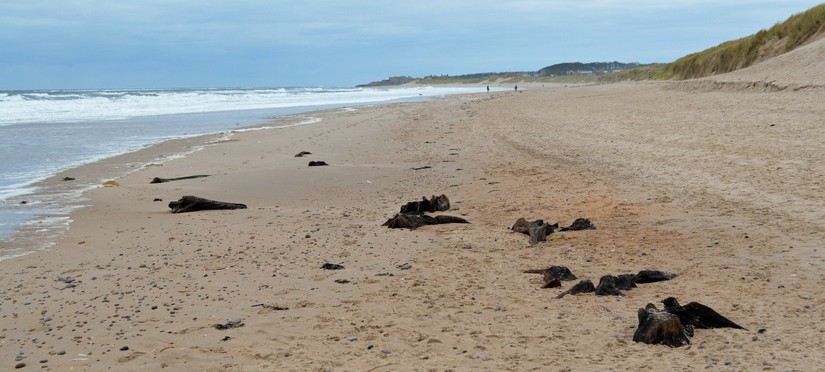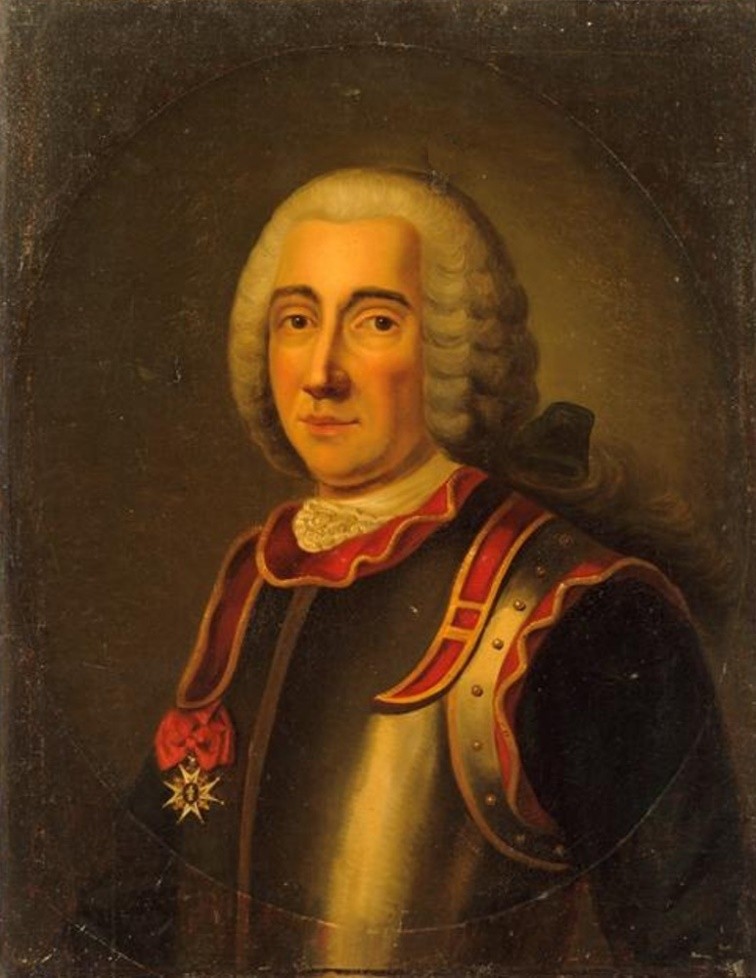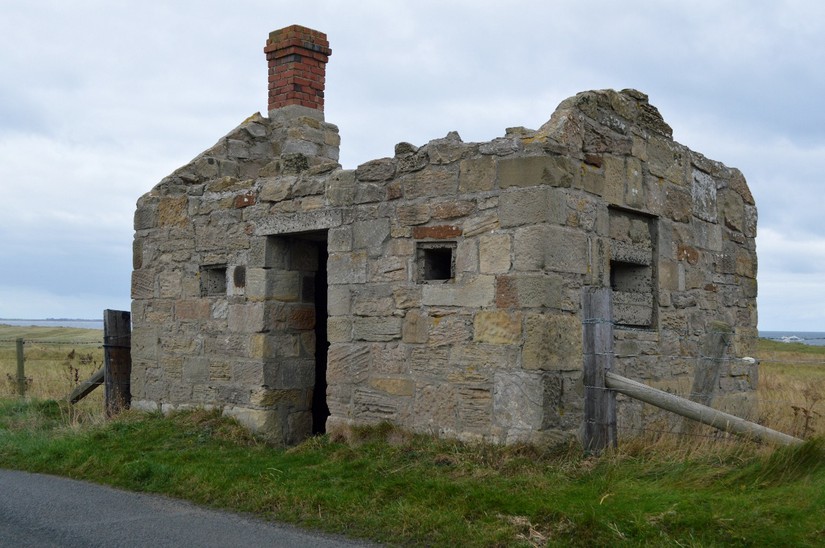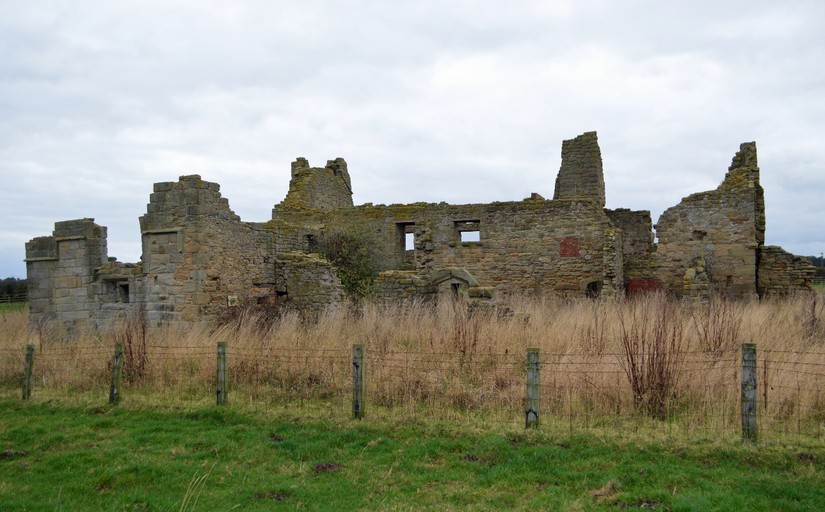Pirates of Druridge Bay
26/11/2019 | Angus Stephenson
This blog is about Druridge Bay in Northumberland, which stretches for about seven miles of flat, sandy beaches between the villages of Low Hauxley in the North to Cresswell in the South, with Cresswell being c 20 miles North-East of Newcastle.

This is one of the best stretches of the North-East coast to see evidence of Doggerland, the former land-bridge which connected the British Isles to continental Europe until the Mesolithic period about 8,000 years ago, which is now submerged beneath the North Sea. The final severance may have occurred partly as a result of a tsunami following the geological event of the Storegga Slide, a massive submarine landslide on the edge of Norway’s continental shelf in c 6,100 BC.

The main point of this blog, however, is to tell the tale of a little-known event from the Nine Years’ War of 1688-1697.
In 1688 the Catholic King James II was deposed by a British political faction, which ousted him in favour of his Protestant daughter Mary and her husband William of Orange, the de facto ruler of the Netherlands and James’ nephew and son-in-law, who were intended by their supporters to rule Britain and Ireland jointly. At the time France was at war with an alliance of North European states because of its territorial expansionism, particularly in the Rhineland area, and this put it into conflict with the Dutch Republic. King James had no intention of giving up his throne quietly and persuaded the Catholic-supporting French government and monarchy to back his claim for reinstatement with their financial and logistical support, planning to use the largely Catholic island of Ireland as his springboard for getting at mainland Britain. So in the spring and early summer of 1691 we find a large squadron of English and Dutch ships, under the command of Sir Ralph Delaval, a Vice-Admiral and well-known Northumberland landowner, blockading the French port of Dunkirk, where a French fleet was waiting to supply munitions to James’ struggling Irish campaign or make a nuisance of itself in some other way along the English coast.

The French squadron was commanded by two very colourful characters. The first was Jean Bart (or Baert), a native of Dunkirk and probably a Dutch speaker, whose non-aristocratic birth precluded him from formal advancement in the French navy at the time. Coming from a sea-faring family, he had joined the navy young and distinguished himself in many escapades, so that the French made him a captain of one of the Dunkirk privateers. The Dunkirk privateers were a semi-autonomous band of ships’ officers and crews, who were originally commissioned by the Spanish government to harass Dutch ships during their long-running wars with them, although by this time they were serving the French rather than the Spanish. To all intents and purposes they were licenced pirates and they continued to operate as such well into the 18th century. Bart became a local hero in the Dunkirk region and a statue was put up of him in 1845 in La Place Jean Bart. It is still there.

Jean Bart’s similarly adventurous sidekick was the unlikely figure of Claude de Forbin, an aristocratic officer from the South of France. Five years earlier he had been sent on a French diplomatic mission to Thailand (then called Siam), where he had so impressed the king that he rose to be the admiral of the king’s fleet, general of his army and the governor of Bangkok. Forbin came back to Europe when he fell foul of Siamese political plotting and teamed up with Bart in the English Channel sphere of operations. In 1689 Bart and Forbin led their two ships against a superior force in the Channel in a rearguard action to allow a French convoy to escape, which it did. They were captured and imprisoned at Plymouth but escaped by sawing through the bars of their prison cell with a file and crossing the Channel in a rowing boat. In July 1691 they were both back in service with the French fleet at Dunkirk facing a Captain Bokenham, who had by then replaced Sir Ralph Delaval.

Bart and Forbin made a reconnaissance survey of the blockading force and decided that any attempt to break out of Dunkirk during daylight would have been futile, so they persuaded the naval minister to allow them to go at night. They loaded eight ships with five months’ provisions and slipped past the blockade on the night of 15th July and were out of sight by dawn the next morning. Later the same day they captured three merchant ships in the North Sea heading for Russia and sent them off to Norway before heading up the eastern coast of England, possibly intending to intercept the coal ships plying their trade between Newcastle and London. Along the route they intercepted and sank various Dutch shipping boats, dropping their captured crews off on the English shore, until they found themselves off the Northumberland coast on 21st July. A disloyal English pilot, called Chetworth or Thetford in different accounts, showed them the way into Druridge Bay, where they decided to cause a bit of havoc on land.
Bart stayed with the ships whilst Forbin led an expedition ashore, leaving a band of gunmen hidden in the sand dunes in case anything went wrong. The raiding party set fire to the village of Widdrington and looted Widdrington Castle, the seat of the third Lord Widdrington. Forbin later expressed regret for the looting when he realized that the castle had been owned by a Catholic. Then they set about burning various other farm buildings in the area, including a large one at (Low) Chibburn between Widdrington and the bay, about half a mile inland. This had been the preceptory of the Knights Hospitallers in medieval times and had been used as a farmhouse/dower house since the Dissolution. At this point a detachment of local cavalry militia appeared on the scene but a volley of shots from the men in the sand dunes saw them off. All of the French troops got back to the ships except for one straggler who was caught and killed, allegedly as a result of being weighed down by too much booty

There are many loose ends in the story, including the fate of at least two English renegades who were caught after helping the raiders. The Widdringtons were a family well-known for supporting the Jacobite cause in later years and the fourth Lord Widdrington was sentenced to death (but reprieved) for his part in the 1715 uprising. This may have been part of the reason that Forbin later expressed remorse, because his men had attacked the estates of one of their own. Bart is not recorded as having any qualms about what he was up to and we later find him, in 1694, instructed by the French king not only to destroy the British and Dutch fishing boats in the area but also to take on some of the Newcastle coal-ships as this would “make the people of London cry out very loudly”, according the “Histoire de la marine Francaise” of 1845 by Eugène Sue. On this particular occasion he does not seem to have been too successful.
In 1695 South Shields was attacked, not very successfully, by French privateers, almost certainly working for Bart. There is a certain irony in the fact that a cargo ship called the Jean Bart was built at South Shields in 1870 for a client from Dunkirk. Many other ships were so named after him over the years.
In more recent times Druridge Bay has been recognized as a potentially good spot for an invasion and in the 1940s during World War II a huge number of concrete tank blocks were built along the beach, many of which are still there.

The odd little building in the photograph below is also part of the World War II defences. It is a concrete pill-box disguised as a farm building and sits on top of a low ridge overlooking the access routes up from the sand dunes of Druridge Bay.

Finally, the medieval preceptory building itself was also modified in the Second Word War to accommodate a concrete pill-box built into its chapel. The openings for the guns can be seen in the photo below just above and to the right of the third fence-post from the left. That would have given any passing seventeenth century pirates with antiquarian leanings something to think about…!

Further reading
Chibburn preceptory and the World War II remains are all publicly accessible. More information may be found at the website of the Amble and District Local History group at https://www.fusilier.co.uk








